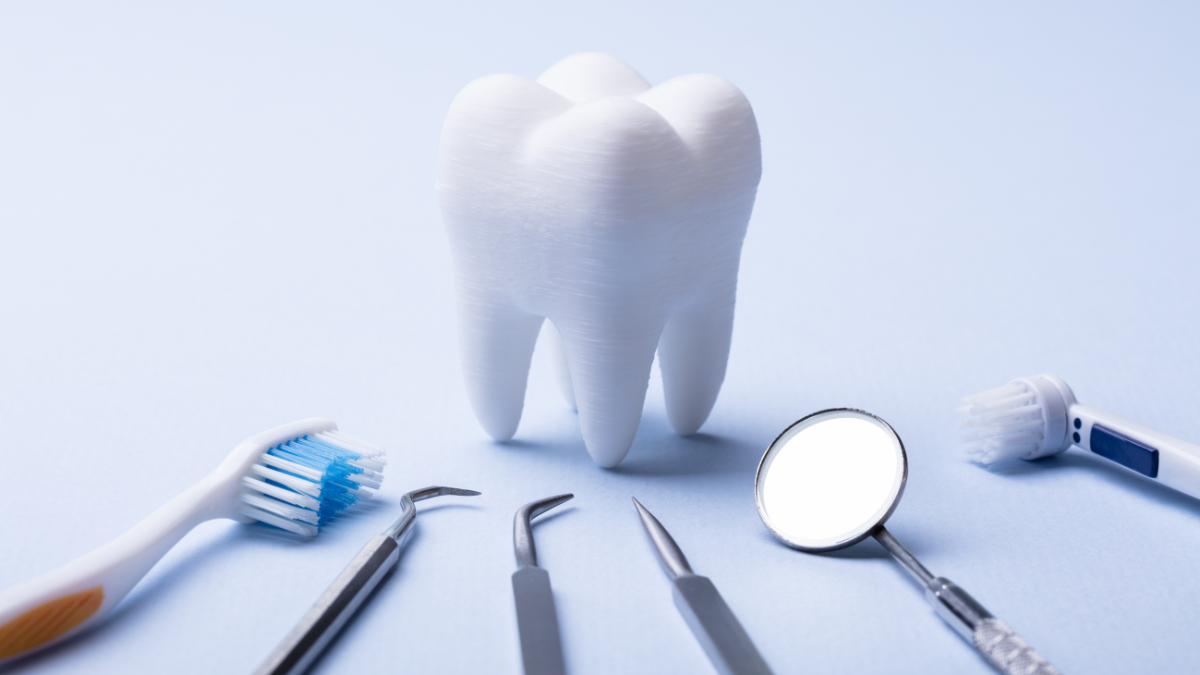
| 20 October 2022
Working in general and specialist periodontal practices for over 25 years, Jane Peterson knows everything about dental care. Jane once carried out a survey to establish care staff’s perceptions of the mouth, from which it became apparent that gerontology support was much needed in care homes. And so, in 2015, Knowledge Oral Healthcare was born – offering live webinars, face-to-face and train the trainer courses for anyone dealing with vulnerable adults in care homes and community settings. We asked Jane to set the record straight on some common dental myths for us.
Trying to figure out what is true when it comes to mouth care can be somewhat confusing with constant new dental products on the market and developments in oral health, sometimes the messages get crossed leading to false or misleading ideas. Some dental myths have existed for years and get passed down from generations before. With National Smile Month on the horizon, it seemed a good time to set the record straight.
1. A tooth lost with every pregnancy
This is an old wives’ tale and was thought that for every child a woman loses a tooth because the pregnancy interferes with calcium absorption?
Studies have found a strong link between pregnancy and gum problems linking this to hormones but nothing is extracted out of the teeth and the teeth are not ‘weakened’ in pregnancy. Women become more susceptible to gum disease due to hormones so extra care needs to be taken in pregnancy.
2. If your gums bleed it is a sign that you are damaging them
Most people will experience some bleeding from their gums from time to time, it is an indication that the gums are inflamed caused by leaving plaque bacteria on the teeth. Healthy gums don’t bleed so look at the bleeding as an indication that the teeth require more attention. If you persevere with toothbrushing the bleeding will stop.
3. White teeth are healthy teeth
Just because the teeth are white doesn’t mean that they are healthy. Our teeth naturally darken with age. As we get older dentine [the yellow part underneath enamel] thickens and the enamel thickness decreases exposing the darker dentin beneath it. This causes our teeth to appear more grey or yellow rather than white.
4. Whitening toothpaste removes stain and makes the teeth lighter
Although whitening toothpastes can address mild extrinsic stain such as tobacco and coffee stain, it is not strong enough to seriously whiten the teeth or remove heavy stains. Although over-the-counter toothpastes and mouthwashes may contain hydrogen peroxide, the concentration of hydrogen peroxide is very low and not strong enough to significantly whiten the teeth.
5. Charcoal toothpaste naturally whitens teeth
Charcoal toothpaste is a recent trend. The idea is that because charcoal is an absorbent substance it will “absorb” stains and discolouration from the teeth, acting as a natural teeth whitening agent. Charcoal is an abrasive substance which if repeatedly used in toothpaste could weaken the enamel over time, leading to tooth sensitivity.
A review in the British Dental Journal [2019] found that charcoal provides little protection against tooth decay, and there is limited scientific evidence to support its health claims.
6. Storing dentures dry causes them to warp
It was believed that if dentures were left to dry they would become distorted and lose their shape, therefore usual practice from dentists was to remove dentures at night, storing them in water or solution. Recent studies have shown the contrary, that storing dentures dry destroys organisms that cause inflammation in the mouth.
It was also found that any movement in the denture was so small it was deemed insignificant so best practice storage of dentures is to store DRY.
7. Pineapple cubes in palliative care help clean and freshen the mouth
There is nothing in pineapples that will ‘clean’ the mouth or freshen it. Also, if someone has ulcers it will cause discomfort
An enzyme, bromelain in pineapples helps break down stringy saliva, the pH of pineapple is extremely acidic, so for purposes of managing a dry mouth it would only serve to exacerbate the situation. For palliative mouth care, water is advised to hydrate the mouth and will help with thick saliva.
8. Fluoride increases the risk of autism
Fluoride has been studied for over 60 years, there is no evidence that indicates that the risk of autism is elevated because of fluoride. It is a naturally occurring mineral found in water in varying amounts depending on where you live in the UK.
It is used in toothpaste because it helps strengthen and protect the teeth by hardening the enamel. This mineral helps to remineralize your tooth enamel, which can prevent cavities and reverse early signs of tooth decay.
9. Gum disease causes heart disease
Gum disease shares the same risk factors such as cigarette smoking, age and diabetes. Taking care of your gums and teeth is important to your overall health and wellness. Regarding heart disease, the spotlight should include the other risk factors such as eliminating smoking and managing cholesterol, weight, blood pressure, blood glucose control, doing physical activity and a healthy diet.
eLearning for healthcare
Unlock your potential – our healthcare eLearning courses make it simple to access high quality content, that deliver on your statutory and mandatory training and compliance needs.
